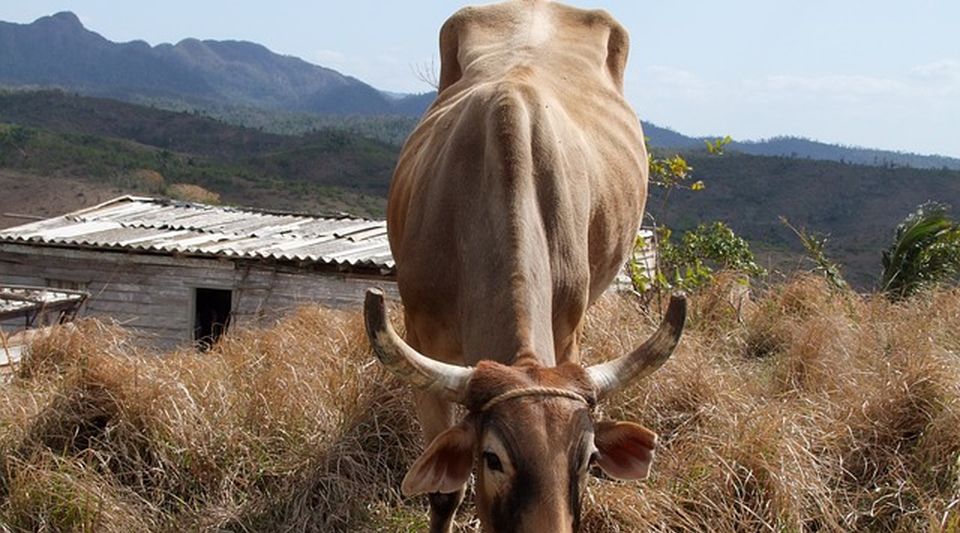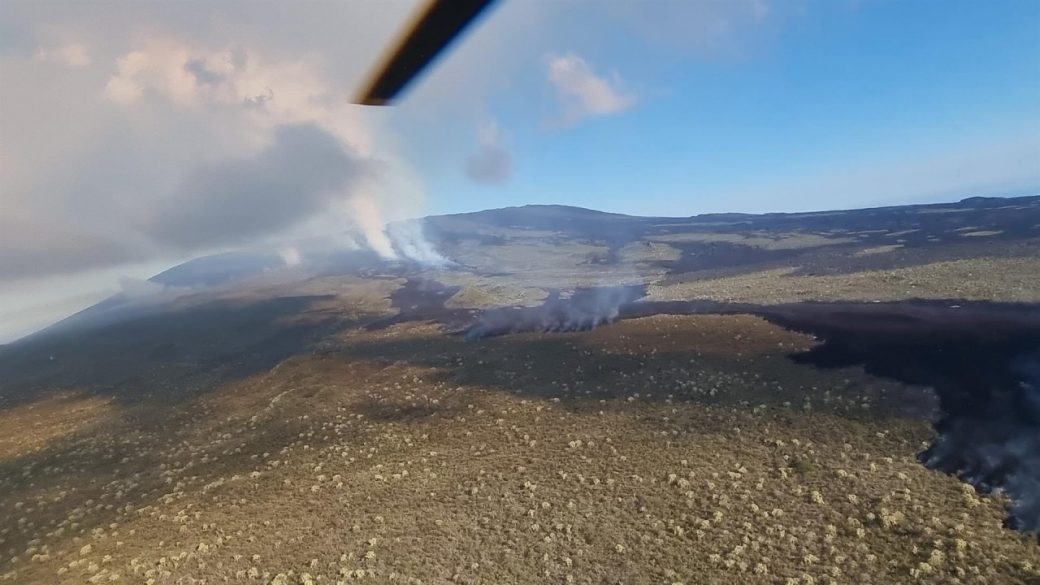The star measure of the Cuban Government to stimulate the slaughter of cattle in Camagüey crashes, recognizes this Thursday the newspaper Granma, which admits that only 950 owners complied with the delivery of meat to the State and were authorized to kill 2,551 animals in the province, a meager 850 tons of meat.
“It is not necessary to be very knowledgeable to understand that these contributions constitute insignificant figures even to cover the high demand for a product almost absent from the daily diet,” says the note. And that those authorized to slaughter cattle were 1,220, that is, those who met the quota with the State in 2020 and guaranteed the growth of the herd.
The newspaper of the single party, which, despite everything, considers that the effects will already be seen and that the measure has come “like a glove”, has found a new explanation: he who does not arrive is because he does not want to
The failure, to date, of a measure that aroused some hope among producers who had demanded it for decades was evident, as the independent press and even the official one in the provinces have been reporting. Few ranchers met the requirements, the bureaucracy was slow, the promised stimuli did not arrive, the feed and machinery were conspicuous by their absence, making it impossible to even meet the state quota, transportation became impossible … but the newspaper of the single party , which, despite everything, considers that the effects will already be seen and that the measure has come “like a glove”, has found a new explanation: whoever does not arrive is because they do not want to.
This is clear from the statements of Carlos Isel Hidalgo Aguilar, a farmer interviewed for the note, who belongs to the Rafael Guerra Vives cooperative, from Najasa and who, according to Granma it is “an example of whether it is about doing things right”.
“I consider that the requirements are perfectly met for those who tend the farm as it should be, with the appropriate genetics, the calving ladder and the stable guarantee of food and water throughout the year, contrary to others who still say that their cows give milk inside the marabou “, argues the producer, who has slaughtered more than 20 animals, two of them for the end of the year festivities.
The rancher, who also maintains between 80 and 90 cows that give 150,000 liters of milk per season, assures that the farmer is “stimulated and motivated to make an effort and produce much more, but first of all, we must banish the bungling and deficient management of the herd, knowing that this is a job from January to December, every day, not just waiting for the bonanza of spring. “
According to his testimony, there is nothing that others have told and the bureaucracy “flows quite fast”, as much as in less than a week there is a response on compliance with requirements. The mechanism has allowed its own self-consumption, in addition to the sale to toilets, rural communities or donations to chronic patients or vulnerable people, something that, in the opinion of the provincial livestock deputy delegate, José Antonio Gil Pérez, “speaks of human quality” of the Cuban peasantry.
Hidalgo goes further and asks those who do not have his brilliant results to step aside. “You have to get on the cattle lane and do it with responsibility and perseverance, the only way to contribute to the prosperity of the country. Whoever does not understand it must give the space to others who are more committed and enterprising,” he says.
The testimony seeks to legitimize the words of the provincial livestock subdelegate, who maintains that “if the producer is not efficient in his performance, and in his farm the neglect of the mass is notorious, it is very difficult for him to access the expected benefits.”
“If the producer is not efficient in his performance, and in his farm the neglect of the mass is notorious, it is very difficult for him to access the expected benefits”
The alleged “bungling”, twice mentioned in the text, have caused the producers to fail to comply with the State in the milk contracts. According to Gil Pérez, the assigned quota was breached, although it improved compared to the 4,400 “defaulters” in 2020, without us knowing how many did so this year. He did clarify that the best data in this section is left by the “cooperative-peasant” sector, which produces 82% of Camagüey’s milk.
In meat, it is rather the state sector that pulls the cart, providing the industries of the province with 16,500 tons, 800 more than the previous year, although the newspaper does not specify whether the plan was fulfilled.
Regarding the deaths of cattle, the official again omitted the fundamental data, because although 12,000 fewer died than last year, it is not known how many cattle were lost if the newspaper library is not visited. In 2020, 41,000 animals lost their lives due to malnutrition and poor practices, indicating that this year no more and no less than 29,000 cows and / or oxen have died.
But for Pérez Gil, if in each farm “the problem of food and water is solved, the marabou and weed areas are cleaned, the grasslands are quartered (corralled) and a rational rotation of the cattle is established” , the shortage of meat, patent in the markets and Cuban stomachs, will improve. What he did not explain is how to solve these problems.
________________________
Collaborate with our work:
The team of 14ymedio He is committed to doing serious journalism that reflects the reality of deep Cuba. Thank you for joining us on this long road. We invite you to continue supporting us, but this time becoming a member of our journal. Together we can continue transforming journalism in Cuba.






